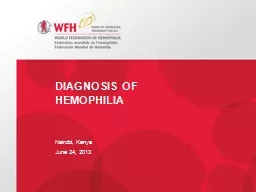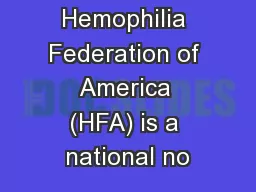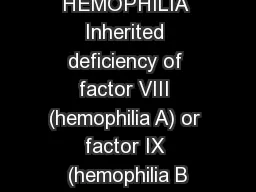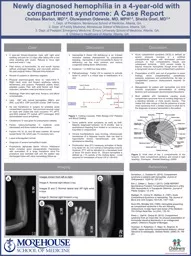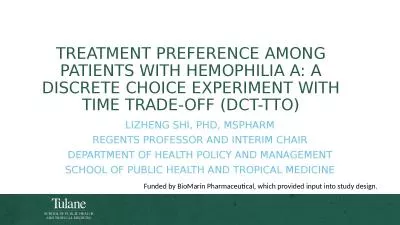PPT-Diagnosis of Hemophilia
Author : luanne-stotts | Published Date : 2016-02-21
Nairobi Kenya June 24 2013 Jim Munn RN MS Program Nurse Coordinator University of Michigan HTC Ann Arbor MI USA Chair WFH Nursing Committee Acknowledgement Slides
Presentation Embed Code
Download Presentation
Download Presentation The PPT/PDF document "Diagnosis of Hemophilia" is the property of its rightful owner. Permission is granted to download and print the materials on this website for personal, non-commercial use only, and to display it on your personal computer provided you do not modify the materials and that you retain all copyright notices contained in the materials. By downloading content from our website, you accept the terms of this agreement.
Diagnosis of Hemophilia: Transcript
Download Rules Of Document
"Diagnosis of Hemophilia"The content belongs to its owner. You may download and print it for personal use, without modification, and keep all copyright notices. By downloading, you agree to these terms.
Related Documents

